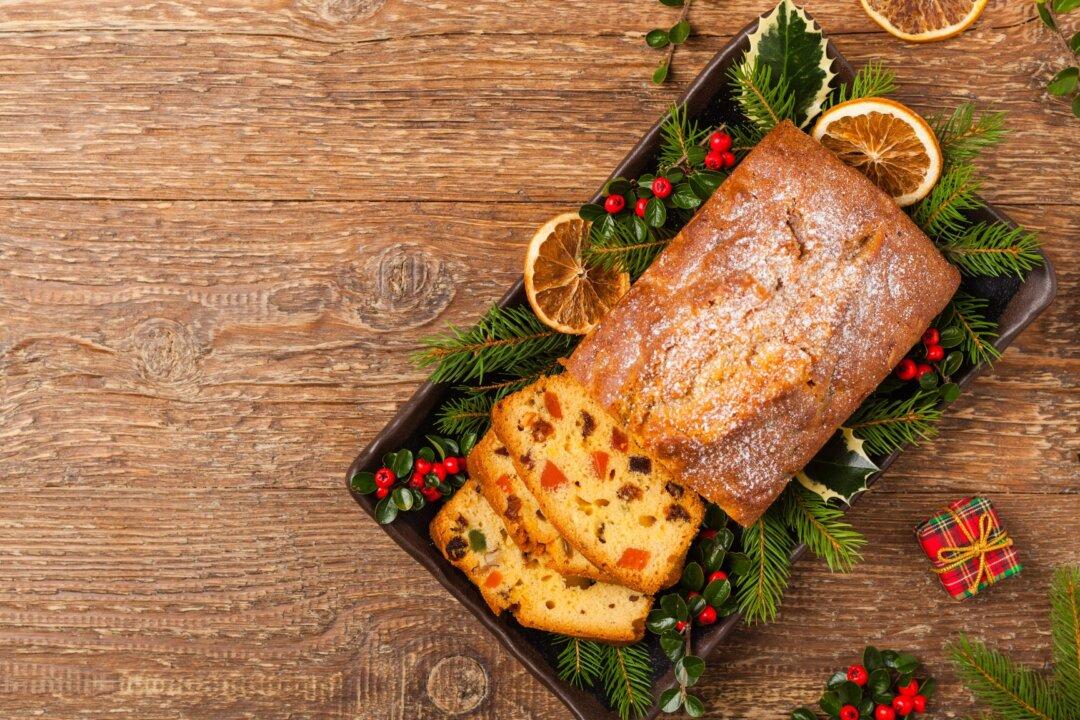I received the text from my friend Janine on a Saturday before Thanksgiving: “I’m with my ma this afternoon. Fruitcake!” Noting the lack of a comma, I realized she wasn’t referring to me (this time), but rather the annual family holiday tradition.
Behind every tradition is a starting point, the bold ancestor who declared, “This was a great idea, I think we’ll do this every year.” Whether it’s yule logs, goose, stollen, or KFC (seriously, Japan?). My family often went through the trouble of making pierogi.





